Can Binoculars Take Pictures ?
Some binoculars are equipped with built-in cameras that allow users to take pictures. These binoculars, known as digital or camera binoculars, have a camera module integrated into the body of the binoculars. They typically have a small sensor and lens system that allows users to capture images or record videos through the binoculars. However, it's important to note that not all binoculars have this feature, and traditional binoculars without a camera cannot take pictures.
1、 Digital Binoculars: Combining Optics and Photography Technology
Yes, binoculars can take pictures. Digital binoculars, also known as digital camera binoculars or camera binoculars, combine the optics of traditional binoculars with photography technology. These devices are equipped with built-in digital cameras that allow users to capture images and sometimes even record videos while viewing distant objects through the binoculars.
Digital binoculars typically have a camera sensor and lens system integrated into one of the eyepieces. They also feature an LCD screen or an electronic viewfinder that allows users to preview and frame their shots. Some models even offer additional features such as image stabilization, zoom capabilities, and various shooting modes.
The quality of the images captured by digital binoculars can vary depending on the model and specifications. However, advancements in technology have led to the development of high-resolution camera sensors and improved optics, resulting in better image quality and clarity.
It is worth noting that digital binoculars are not primarily designed for professional photography purposes. They are more commonly used by outdoor enthusiasts, birdwatchers, and sports fans who want to capture and share their observations. These devices offer a convenient way to combine the benefits of binoculars and photography in a single device.
As technology continues to advance, we can expect further improvements in the capabilities and image quality of digital binoculars. Manufacturers are constantly innovating to meet the demands of consumers who seek versatile and compact devices that can capture both distant views and memorable moments.
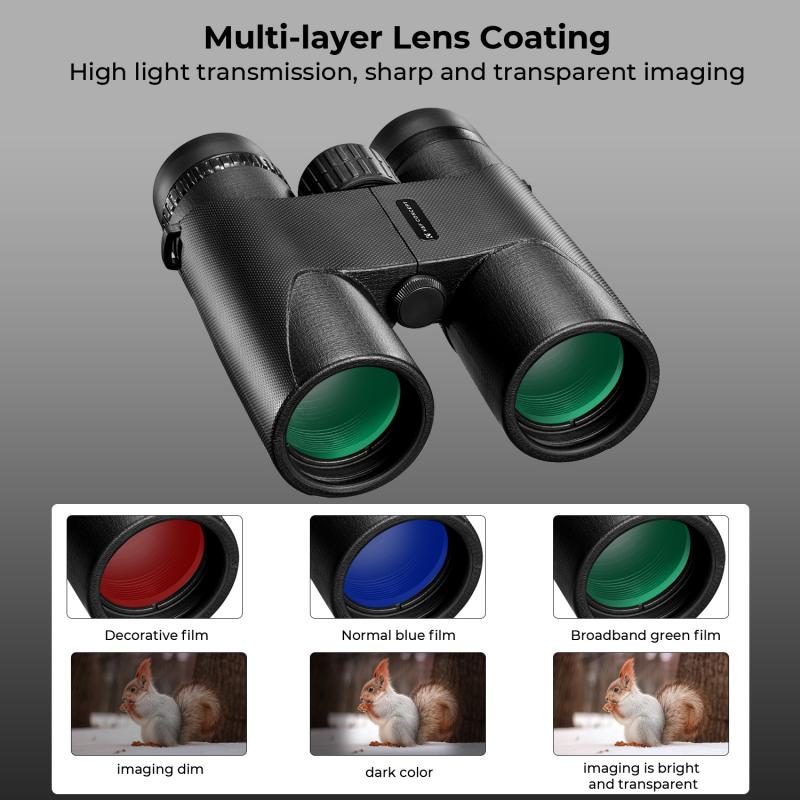
2、 Binoculars with Built-in Camera: Capturing Images from a Distance
Yes, binoculars can take pictures. In recent years, technological advancements have led to the development of binoculars with built-in cameras, allowing users to capture images from a distance. These innovative devices combine the functionality of traditional binoculars with the convenience of a digital camera, providing a unique and versatile tool for outdoor enthusiasts, wildlife photographers, and even casual users.
Binoculars with built-in cameras typically feature a high-resolution camera sensor, allowing users to capture detailed images of distant objects. They often come with various zoom capabilities, enabling users to get closer to their subjects without compromising image quality. Some models even offer image stabilization technology, reducing the impact of hand movements and ensuring sharper images.
The images captured by these binoculars can be stored directly on the device or transferred to a computer or smartphone for further editing and sharing. Many models also offer video recording capabilities, allowing users to capture not only still images but also dynamic moments in high definition.
The latest binoculars with built-in cameras have seen improvements in image quality, zoom capabilities, and overall performance. Manufacturers have focused on enhancing the user experience by incorporating user-friendly interfaces, intuitive controls, and wireless connectivity options.
However, it is important to note that the image quality of binoculars with built-in cameras may not match that of dedicated digital cameras or professional lenses. The compact size and dual functionality of these devices often result in some compromises in terms of image resolution and low-light performance.
In conclusion, binoculars with built-in cameras have become a popular choice for those who want to capture images from a distance. With advancements in technology, these devices offer a convenient and versatile solution for capturing high-quality images and videos while enjoying the benefits of traditional binoculars.
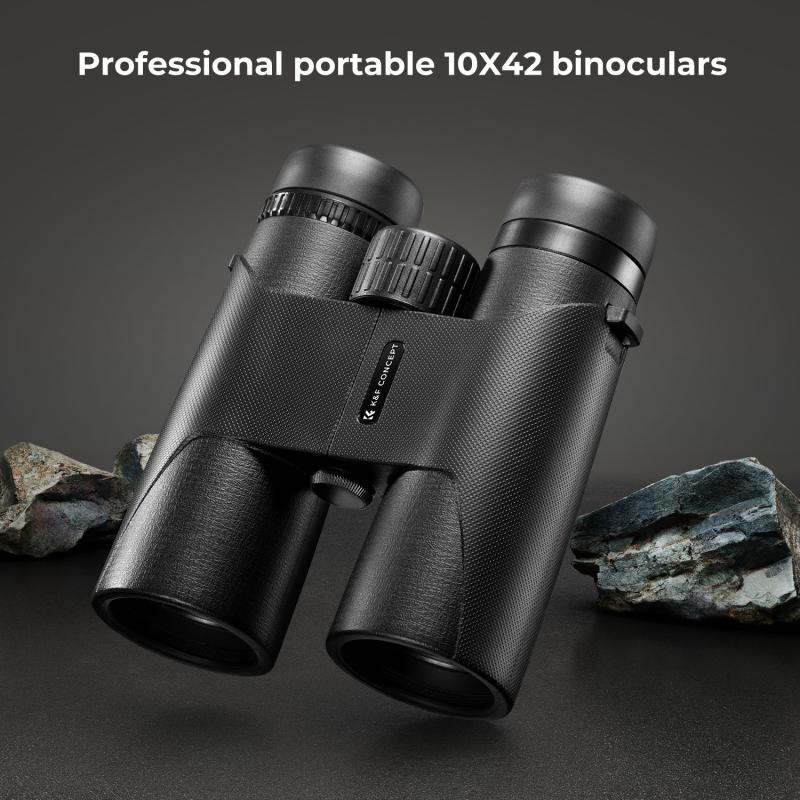
3、 Camera Binoculars: A Fusion of Optics and Photography Features
Yes, camera binoculars can indeed take pictures. Camera binoculars are a unique fusion of optics and photography features, allowing users to not only observe distant objects but also capture high-quality images and videos. These innovative devices combine the functionality of binoculars with a built-in camera, enabling users to zoom in on their subjects and capture detailed photographs.
Camera binoculars are equipped with high-resolution cameras that can capture images with impressive clarity and detail. They often have a range of features such as autofocus, image stabilization, and various shooting modes to enhance the photography experience. Some models even offer the ability to record videos in addition to taking still photos.
The latest camera binoculars on the market have seen significant advancements in technology. They now offer higher megapixel counts, improved image sensors, and better low-light performance, resulting in sharper and more vibrant images. Additionally, many camera binoculars now come with built-in Wi-Fi or Bluetooth connectivity, allowing users to easily transfer their photos and videos to other devices for sharing or editing.
Camera binoculars are particularly popular among outdoor enthusiasts, wildlife photographers, and sports enthusiasts who want to capture distant subjects without compromising on image quality. They provide a convenient all-in-one solution, eliminating the need to carry separate binoculars and cameras.
In conclusion, camera binoculars are a fantastic tool for those who want to combine the benefits of binoculars with the ability to capture stunning photographs. With the latest advancements in technology, camera binoculars offer impressive image quality and a range of features that make them a versatile and convenient option for photography enthusiasts.
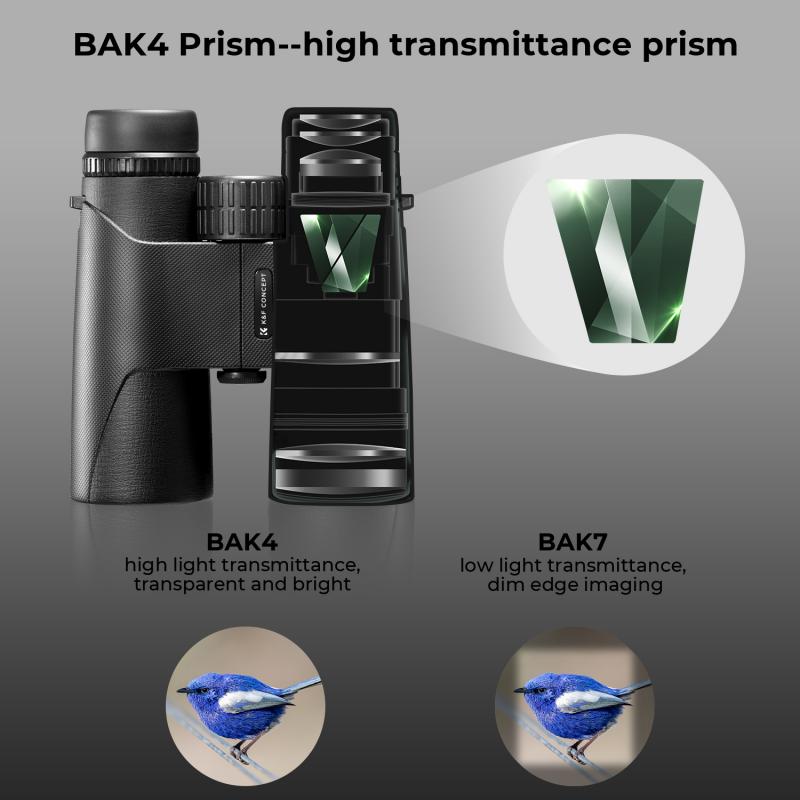
4、 Photographic Binoculars: Enhancing Observation with Image Capture Capability
Yes, binoculars can take pictures. There are specialized binoculars known as photographic binoculars that are designed with image capture capability. These binoculars combine the functionality of traditional binoculars with a built-in camera, allowing users to capture images of what they are observing.
Photographic binoculars are equipped with a camera system that is integrated into the binocular body. This camera system typically includes a sensor, lens, and image processing capabilities. Users can simply press a button or trigger to capture a photo of the scene they are viewing through the binoculars. Some models even offer the ability to record videos.
The images captured by photographic binoculars can be of high quality, depending on the specifications of the camera system. They can be used for various purposes, such as wildlife observation, birdwatching, sports events, and even surveillance.
In recent years, there have been advancements in photographic binocular technology. Manufacturers have been incorporating higher resolution sensors, improved image stabilization, and enhanced zoom capabilities into their products. This allows users to capture more detailed and clearer images, even from a distance.
However, it is important to note that photographic binoculars may not offer the same level of image quality as dedicated cameras or smartphones. The primary purpose of these binoculars is still observation, and the camera functionality is an added feature. Therefore, if photography is the main focus, it may be more beneficial to invest in a dedicated camera or smartphone with a powerful zoom lens.
In conclusion, photographic binoculars do exist and can take pictures. They offer a convenient way to capture images while observing distant objects. However, the image quality may not be on par with dedicated cameras, so it is important to consider the specific requirements and priorities before making a purchase.



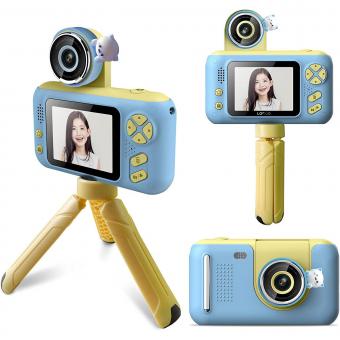










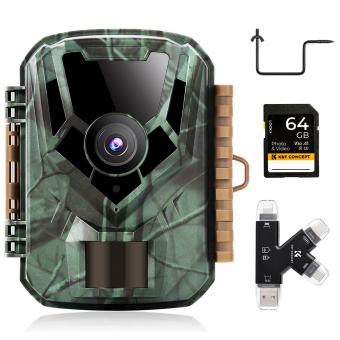







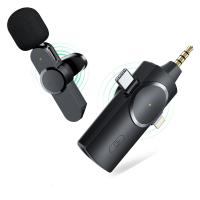
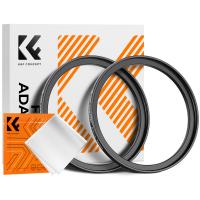

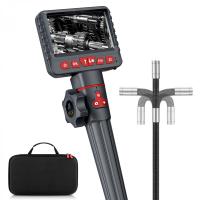






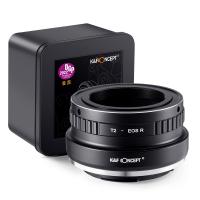

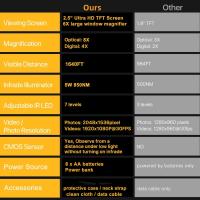
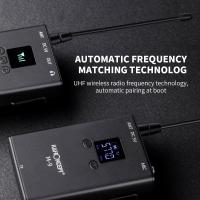



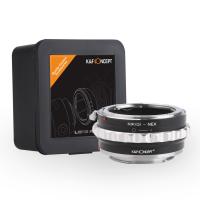
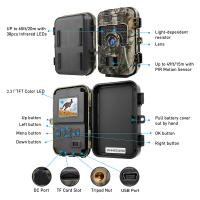
There are no comments for this blog.